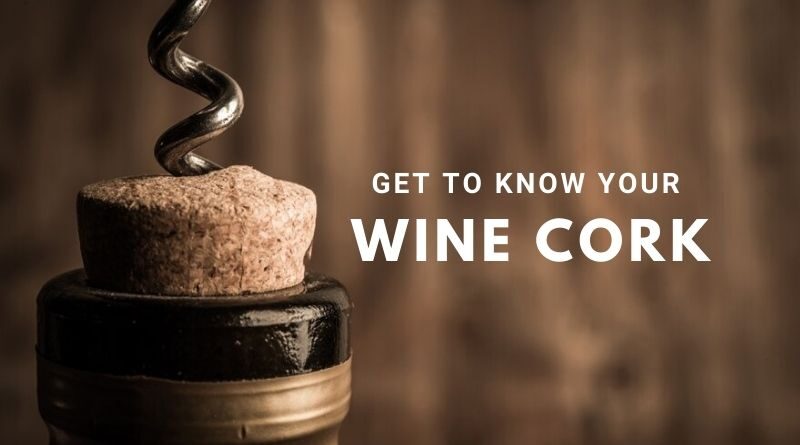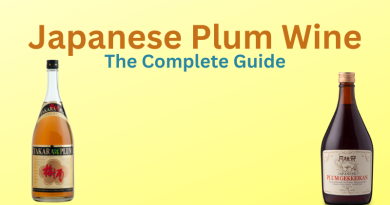Wine Cork : A Complete Guide To Wine Stopper
Wine cork is a sealer that helps to keep the taste and aroma of your wine for a long time. Usually, wine bottle corks are stoppers and used as locks of wine bottles. The corks are made of the bark of cork oak, and sometimes synthetic materials can also be added to them. Screw toppers and glass caps are the common substitutes for wine sealers. The amounts of corks that are manufactured 68%, among them are used for wine bottle stoppers.
Corks are produced for both still wines and sparkling wines. As the sparkling wines are packed under pressure, it compels the sealer to take the form of a mushroom. They are tied with cage wire called muselet.
Also Read About : How to choose a perfect wine glass
History of wine cork
Cork is not only used for wine bottle stoppers. Instead, from ancient times it has been used as bottle caps for sealing the liquid inside. Some proofs describe its use since the old Roman and Egyptian ages. Over the years, corks are used as stoppers for bottles. In the seventeenth century, Pierre Perigon started to use wire corks as champagne bottle toppers.
Although the person who has invented the wine cork is not known, some sources claimed that Benedictine monk Dom Perignon was the person to introduce cork for wine in the 1600s. But at the beginning of the 21st century, the issue of cork taint started to result in a reduced smell and taste in wines sealed in the bottle. It affected the flavor and aroma and even the quality of the wine. As a result, many cork-producing companies have decided to stop their production. They have started to look for substitute cork for wine bottles. In 2010 screw toppers became prevalent, especially in Australia and New Zealand. Maximum corks were found around the Mediterranean Basin that was away from Ocean-based nations.
Meanwhile, the cork manufacturing companies tried to fix the cork taint issue. They applied new strategies and tools which decrease TCA chemicals in wine by 95%. The cork manufacturers started marketing the stoppers’ financial and natural advantages.
Types of wine bottle cork/stopper
There are various types of wine bottle stoppers available such as:
Agglomerate cork
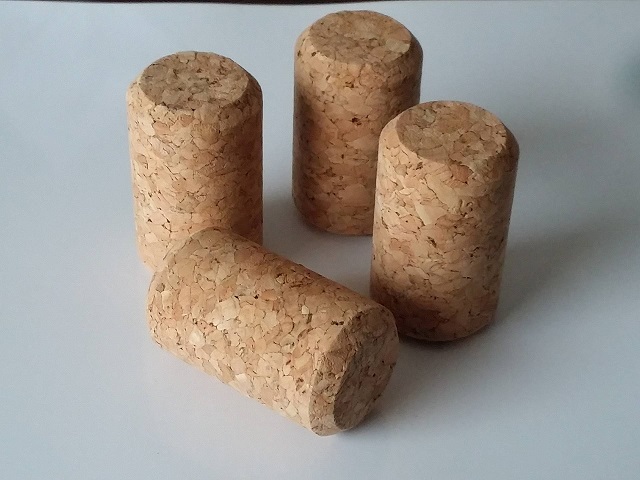
If you are looking for the cheapest cork variety, then Agglomerate is that one. This cork is unified with cork chips that are pasted with glue. But this cork can create cork taint. So, it would be better not to use this cork when the wine is kept aging.
Champagne cork
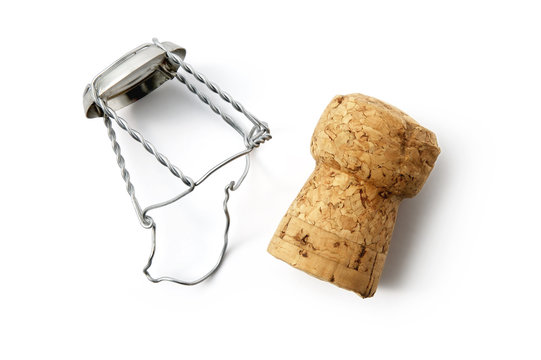
Champagne cork is made with high-standard material. It can bear the intense pressure of the bubbles. These corks can also fly high; therefore, you should be careful while opening this.
Regular cork
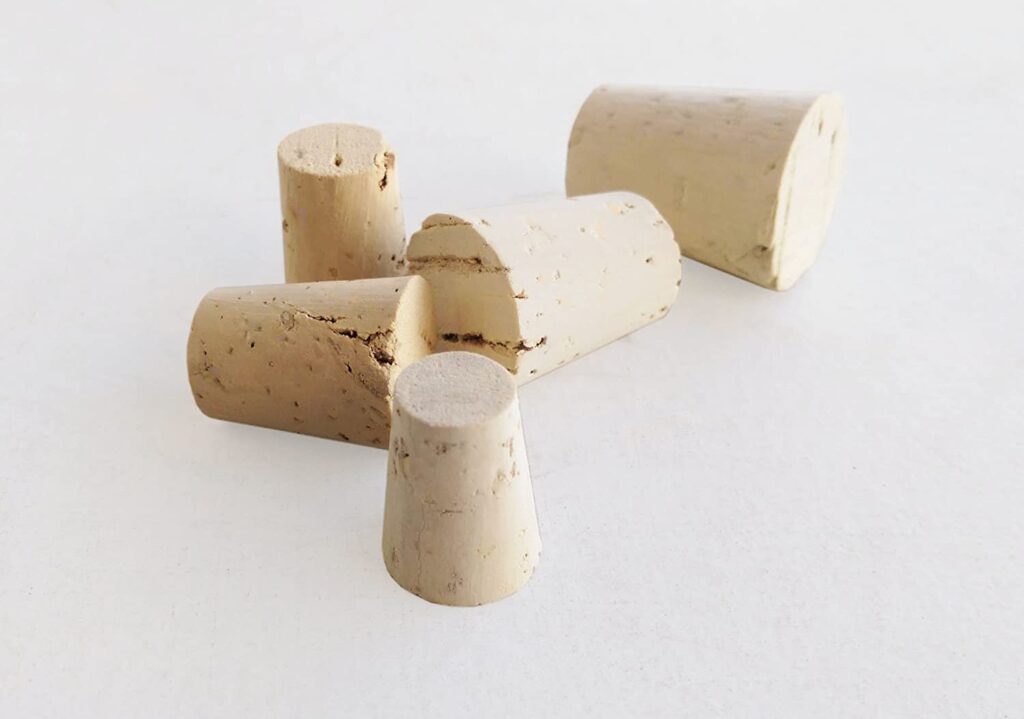
As the name suggests, this stopper variety is found in regular wine bottles. Nevertheless, this cork can vary in size. A more extended version of this cork is available (an inch longer than the normal one), which is used for numbered wineries that are kept for aging like Appollonio Winery in Puglia, Italy.
Synthetic cork
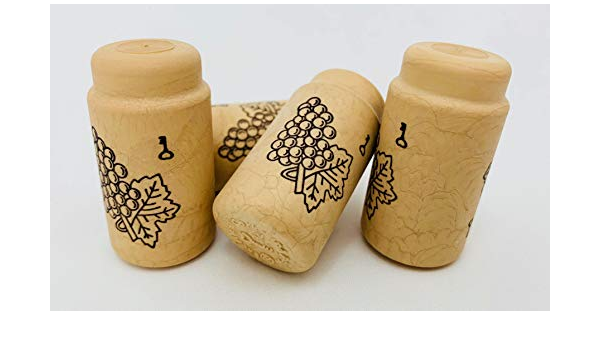
Synthetic corks are the new launch which the manufacturers have accepted gladly. With this cork, the taint issue is also not high. Nevertheless, plastic corks shouldn’t be used for wines that are consumed old.
Screwcap
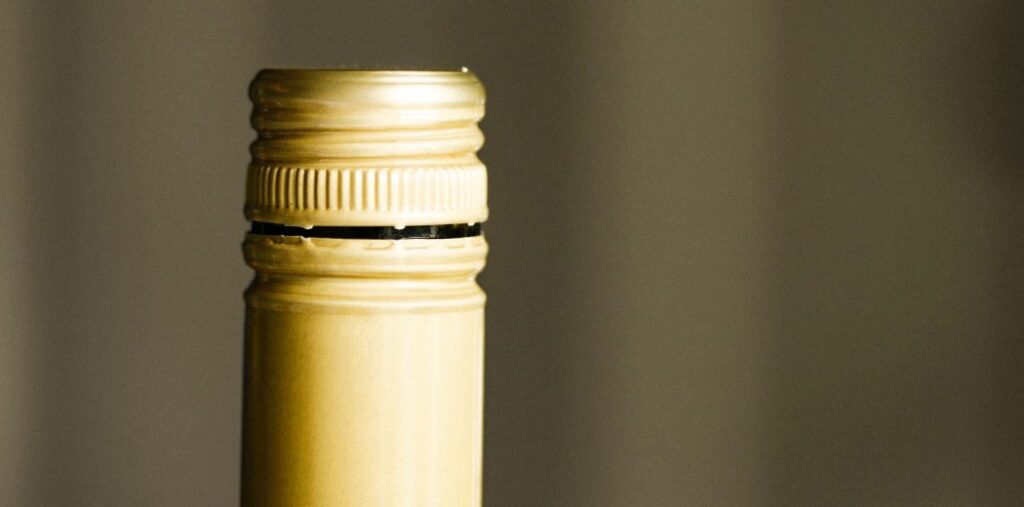
The use of a screw cap is a matter of argument and is used in Australia and New Zealand for all wine standards. A wine lover indeed can’t get the taste of wine at its best with the screw caps, but it is the best choice for wines where aging is not necessary. It can be used for fruit noted red wines and short-term white wines.
Also Read: Health benefits of red wine
Vino-Lok
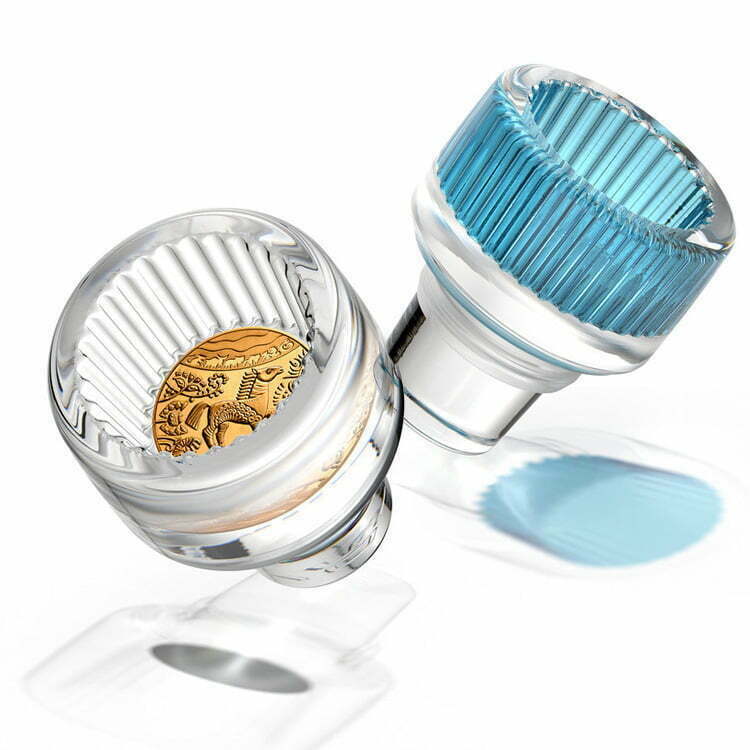
It is one of the unusual corks among all. This cork can be made of synthetic and glass. It contains an o-ring with a watertight lock that stops oxygen and bacteria from reaching the wine and destroys its taste. This stopper is indeed elegant in look, but it is not a cheap cork that all can afford.
Zork
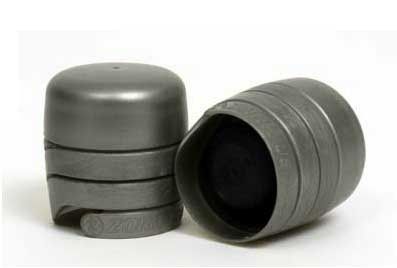
Zork corks are usually used on Leese-Fitch wine bottles. The stopper gives the effect of a screw cap, but while it pops up, one can experience the cork effect. This cork became popular as the first re-sealable bottle top for sparkling wine bottles.
How is wine cork made?
Following are the steps of how wine cork is made:
- Cork is obtained from the bark of oak trees.
- The raw bark is put in a steam compartment to get softer.
- Once they become soft, they are divided into strips. The length of the strips is decided according to the measurement required for a wine bottle stopper.
- Then these strips are punched with the help of some hollow pipes.
- If the cork requires tapering, then they are placed into the machines with a rotating blade at high speed.
- Then the stoppers are collected for washing, bleaching, and sterilizing.
- Then the corks are kept for drying.
- Then they are labeled.
- Sometimes paraffin or silicone treatment is necessary for the corks
- Then they are packed into airtight pouches and ready to use for different wine bottles.
The material used for wine cork
The raw material for wine cork is the inside bark of cork oak, also known as Quercus suber. These oak trees are seen in localities with heat and dry weather conditions with moderate sweating, particularly Portugal and Spain in Southwest Europe and Northwest African country Morocco. But recently, cork oak is harvested in huge numbers. As a result, this tree is now common in countries like France, Italy, Algeria, and Tunisia.
The raw materials for making wine bottle corks can’t be collected from the tree early. The tree should be aged between 25 to 30 years. From a matured tree, one can get 60kg of raw materials for making corks.
Cork makers receive the maximum amount of raw materials from Portugal that is 52.5%. After Portugal comes Spain, Italy, and Algeria. 68% of the obtained corks are utilized for manufacturing wine bottle toppers.
Some interesting facts about wine corks:
Let’s discuss some interesting facts about wine bottle corks
- Wine corks can resist moisture and can last long. They have an airtight lock and can help to keep the notes and flavor of wine intact for years.
- The cork is cellular in shape, so it can be easily inserted at the top of the wine bottle and can seal it tightly.
- Various studies have proved that corks are more nature-friendly and safe sealers than synthetic and aluminum caps.
- Corks can be recycled and reused at some particular shops.

